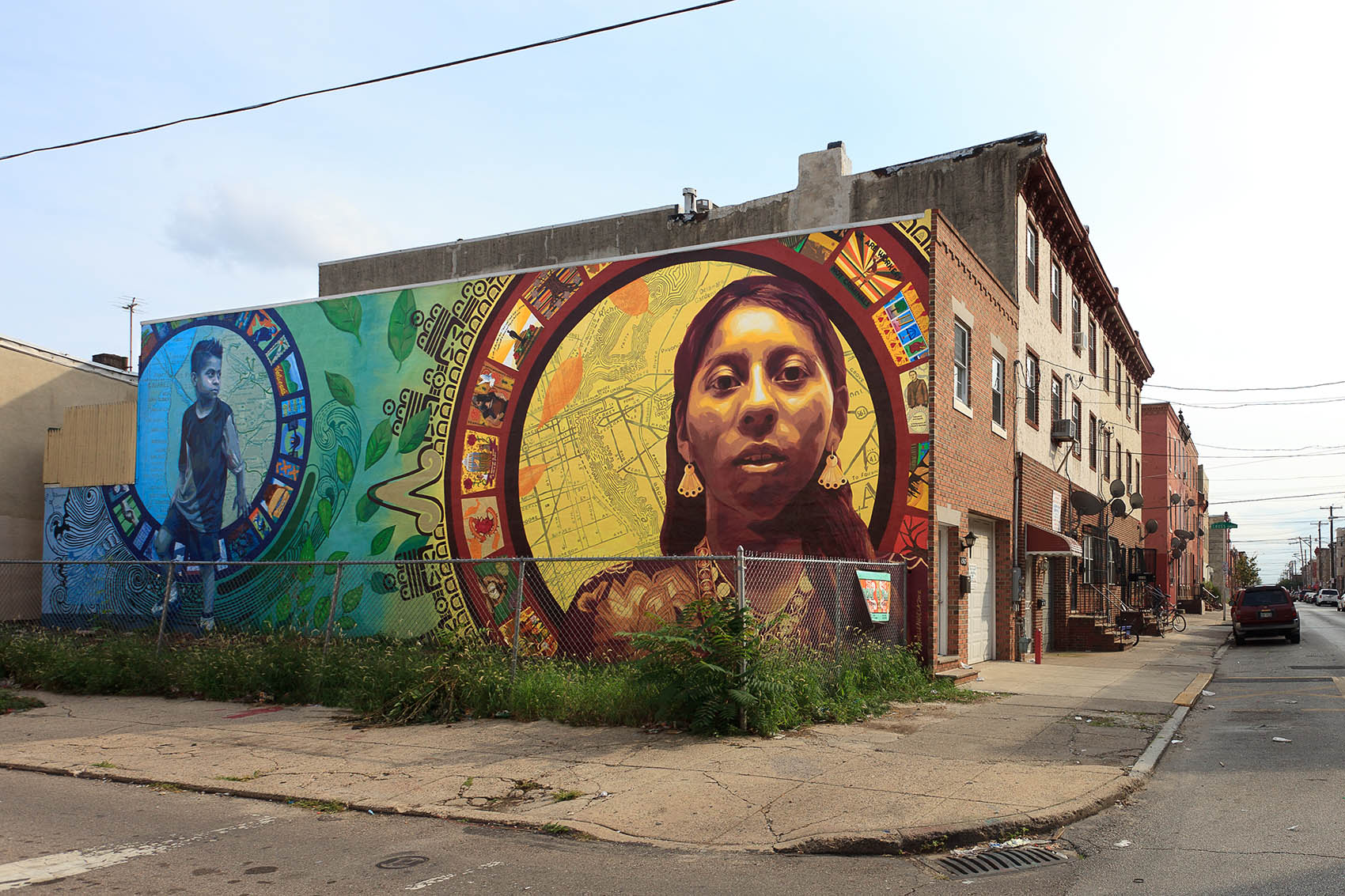
Throughout this week of Medical Spanish, the things that were focused on this week were art and how conversations and interactions go within the medical office with a Spanish patient. There are many differences between how Americans act in the doctor's office and how Spanish people act in the doctor's office. The main difference is that Spanish people are more contact-based and that it is not weird at all to give your doctor a "peck on the cheeks and shake hands right away." Most Americans do not enjoy being touched by a stranger but the Spanish encourage for the doctor and patient to engage in those interactions.
This actually helped me in talking about cultural barriers within the medical field for my other class. I had to talk about how different cultures have different styles and interactions when getting treated for pain. Culture plays a large part in how a person expresses their pain and discomfort. Another major thing I learned are just like how English words has their own kind of positive or negative connotations, Spanish has those connotations too as it is based on the region the Spanish speaker is in. "Estar constipado" en Mexico es "estar resfriado" en la España. Caca mala es estar estreñidola.
The clashing of different dialects in the class showed me that Spanish is a complex language, just like English. One word can work in Spain, but the same word can have a negative connotation in Mexico or any other Spanish-speaking countries. By adapting Spanish mannerisms in the doctor's office, I can make the Spanish patient less uncomfortable and become more efficient as a doctor as I can quickly diagnose and understand the various pains of the patient.